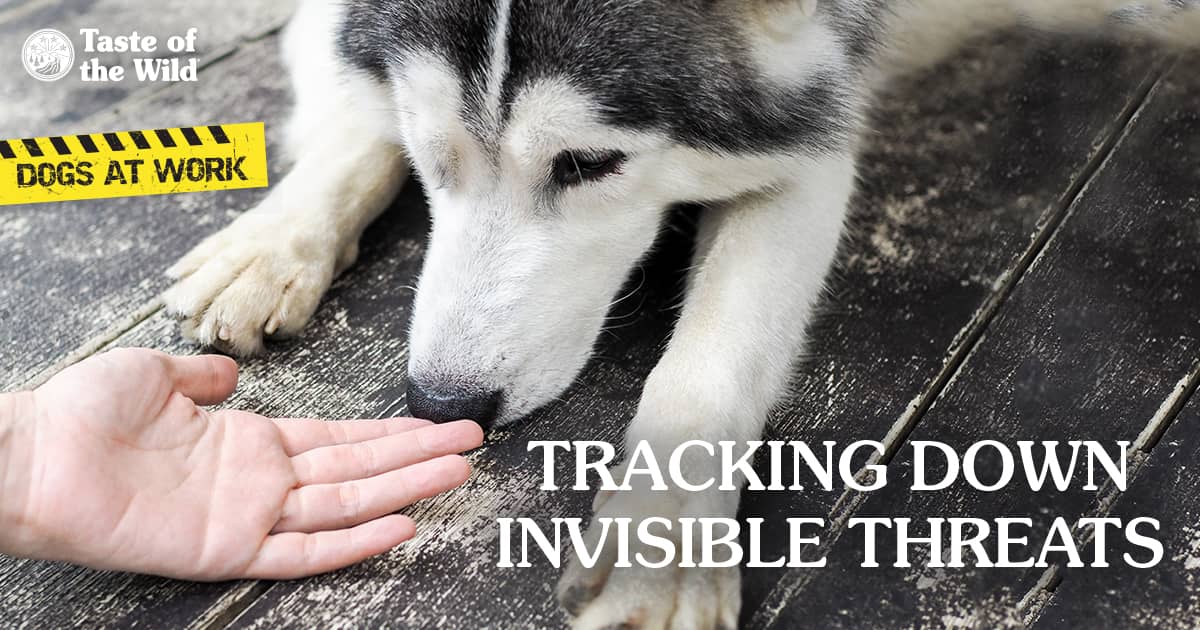
In the United States, one of the biggest problems with COVID-19 has been the dearth of diagnostic kits and the ability to identify asymptomatic carriers. While scientists are scrambling to develop vaccines and testing kits, researchers in Pennsylvania and the United Kingdom are exploring another innovative option: virus detection dogs.
The hope is that high-powered canine noses can detect the virus that causes COVID-19. This could provide a noninvasive way to screen large numbers of people, such as at airports and businesses, and identify those who are infected even if they aren’t showing symptoms.
In the future, virus detection dogs might also be used to detect outbreaks of new viruses and even deter bioterrorism acts.
It starts with keen sniffers
Research has shown that tissues release unique volatile organic compounds (VOC) — or distinctive scents — in the presence of bacterial or viral infections, cancer or metabolic disease. These VOC are released into exhaled breath, urine, blood, saliva and sweat. Although humans have 6 million smell detectors, that’s not enough for us to detect those subtle VOC.
Dogs, on the other hand, with 300 million smell receptors, can identify incredibly tiny amounts of odors, in parts per trillion. In other words, a dog could sniff out whether a single teaspoon of sugar had been added to a million gallons of water, according to Alexandra Horowitz, a dog cognition researcher at Barnard College and author of Inside of a Dog.
With training, dogs have been able to detect colon, lung and breast cancers just from the exhaled breath of human patients.
Add specialized training
Of course, just because dogs have amazing sniffers doesn’t mean your beagle will alert you to a potential medical problem. Virus detection dogs must be trained to identify specific scents.
At the Working Dog Center at the University of Pennsylvania’s School of Veterinary Medicine, scientists are working with eight Labrador retrievers to determine if they can detect the VOC associated with the virus behind COVID-19. They start by exposing dogs to urine and saliva from people who are infected with the virus, in a process called odor imprinting.
The next step is to determine if the dogs can discriminate between samples from people who test positive versus those who test negative. Finally, the dogs will be challenged to detect the virus just by sniffing people.
A similar study with dogs is being conducted by the London School of Hygiene and Tropical Medicine. In the past, the school has trained Labrador retrievers and cocker spaniels to detect malaria in people, achieving a success rate exceeding World Health Organization standards.
If these studies are successful, we may one day see dogs not only helping with public health but sniffing out viruses at border security, in wildlife management and even agriculture. Best of all, these hardworking dogs are happy to use their noses for human benefit in exchange for a treat, a butt rub or a “good dog!”
The information in this blog has been developed with our veterinarian and is designed to help educate pet parents. If you have questions or concerns about your pet's health or nutrition, please talk with your veterinarian.
